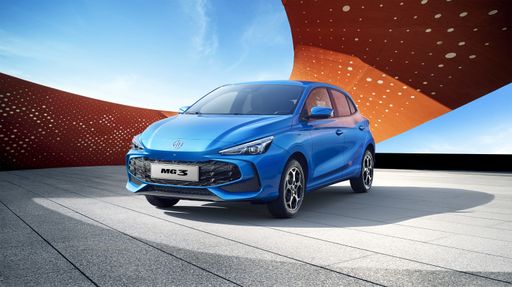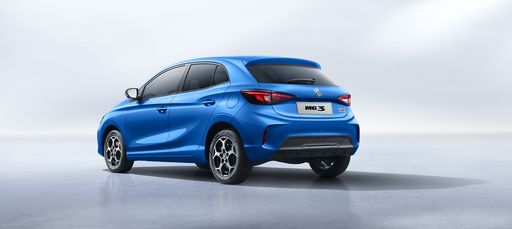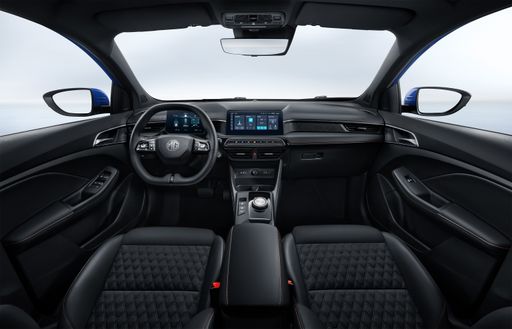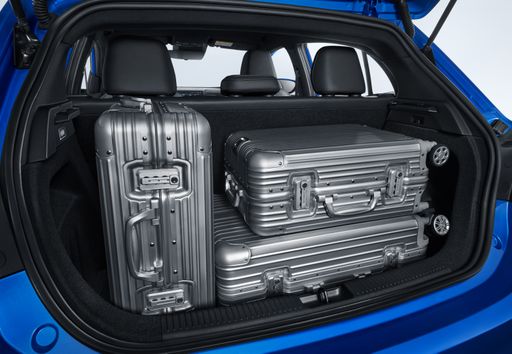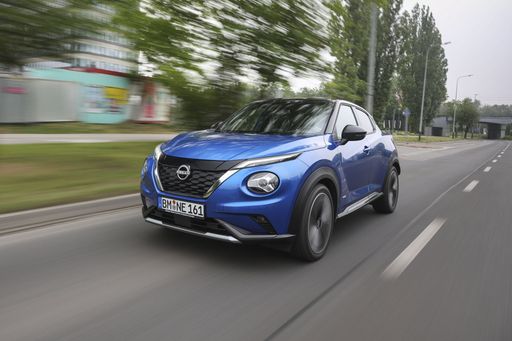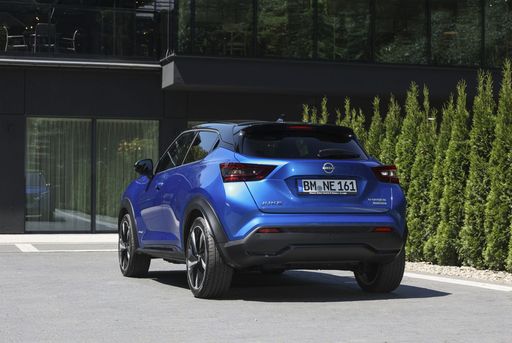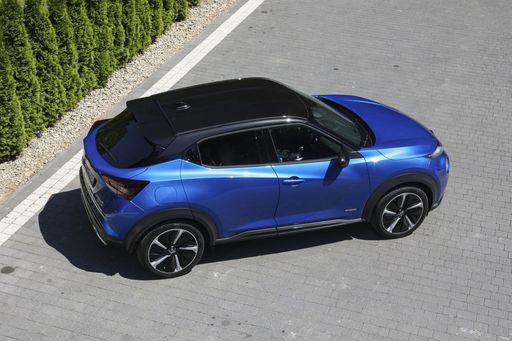MG MG3 vs Nissan Juke: A Comprehensive Comparison
The automotive market is filled with choices, and two contenders that stand out are the MG MG3 and the Nissan Juke. Both vehicles cater to different niches, yet they attract buyers looking for style, performance, and functionality. This article delves into a detailed comparison, analyzing technical specifications and innovations that set these two models apart.

